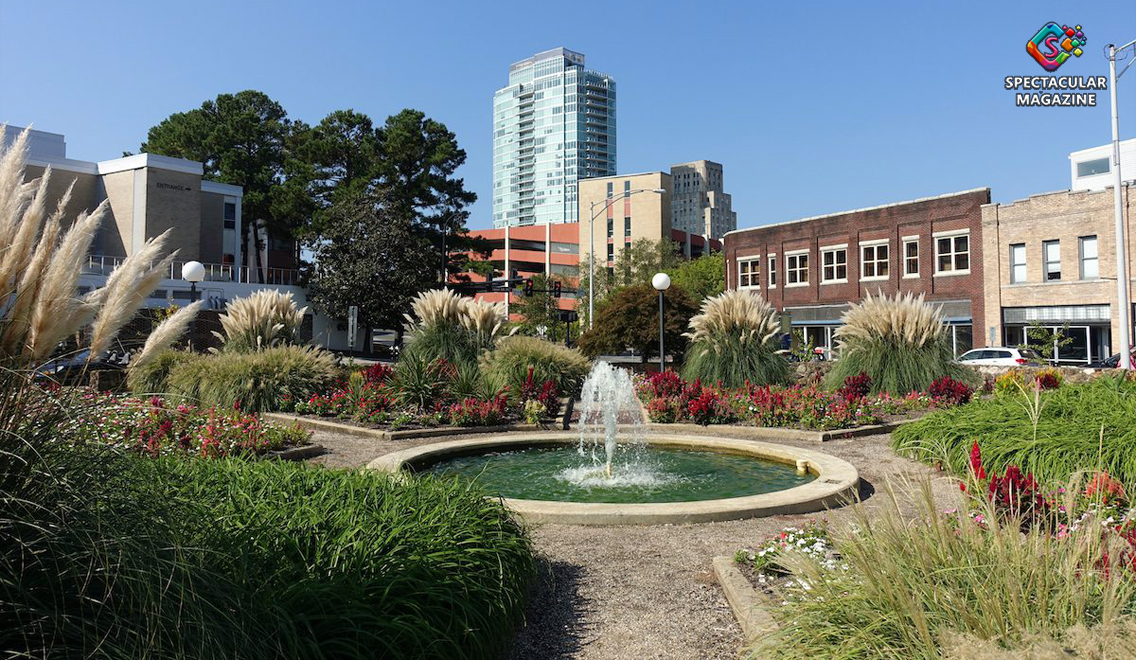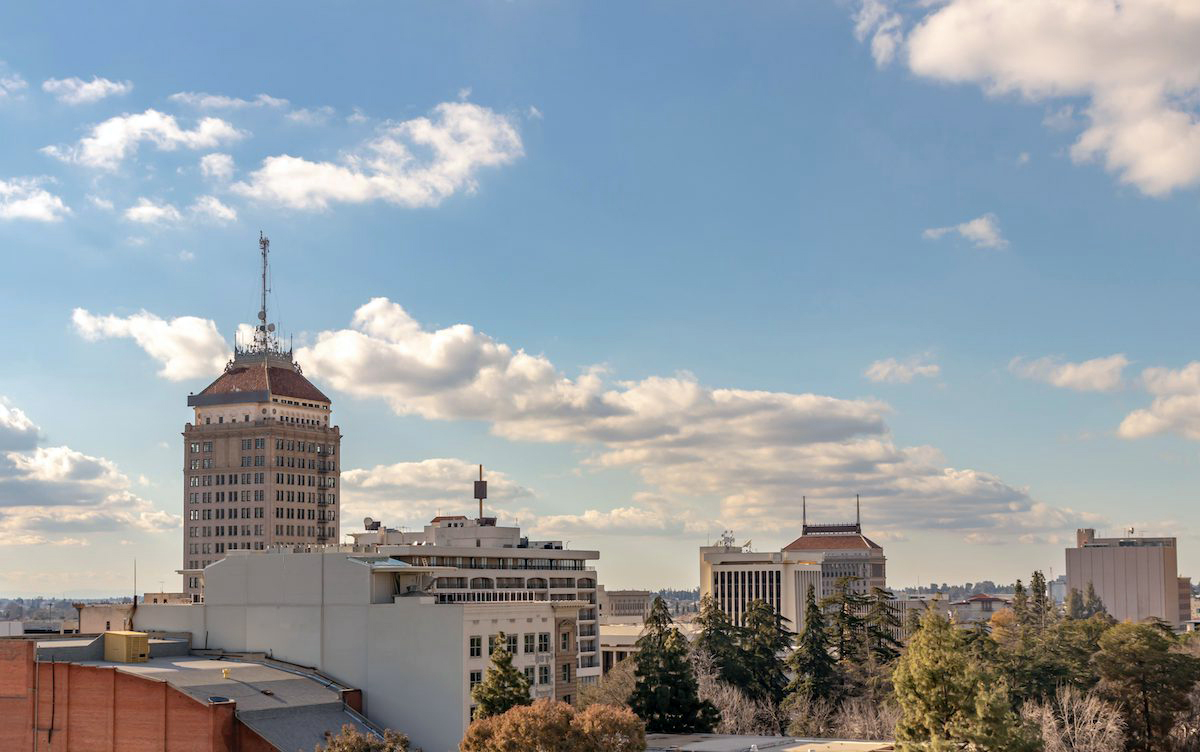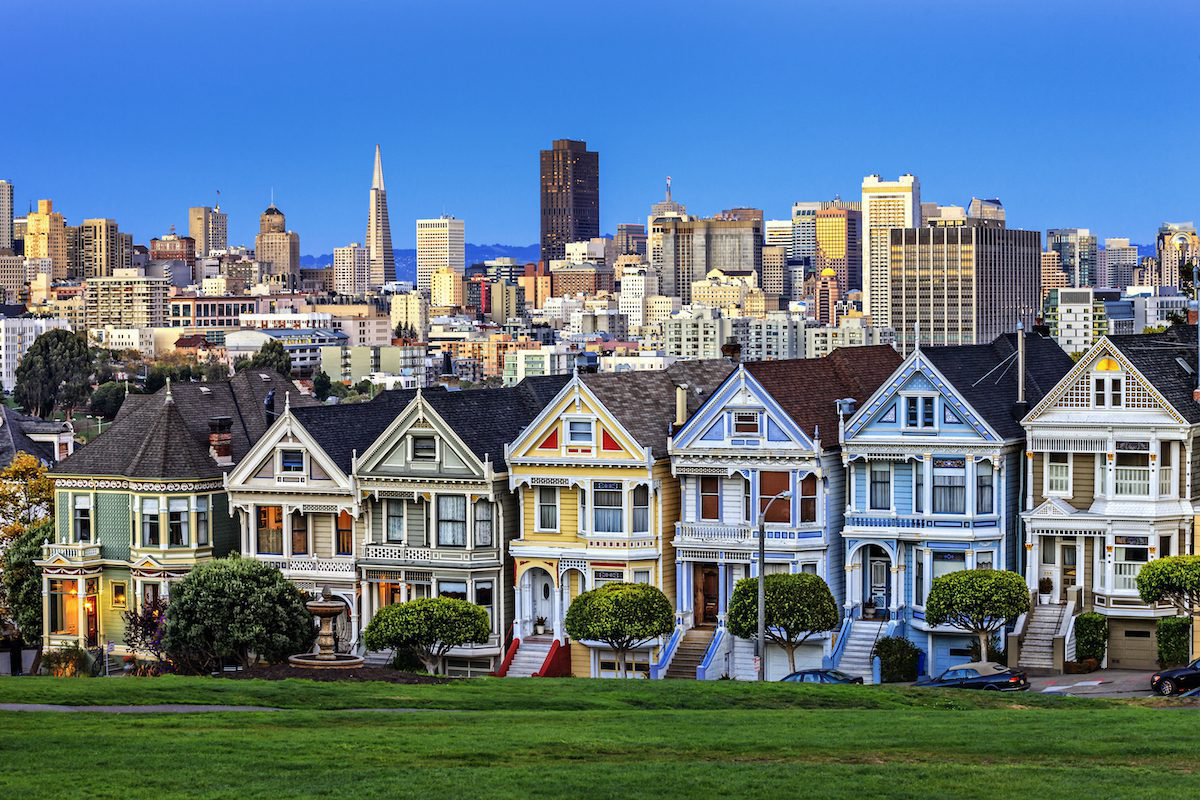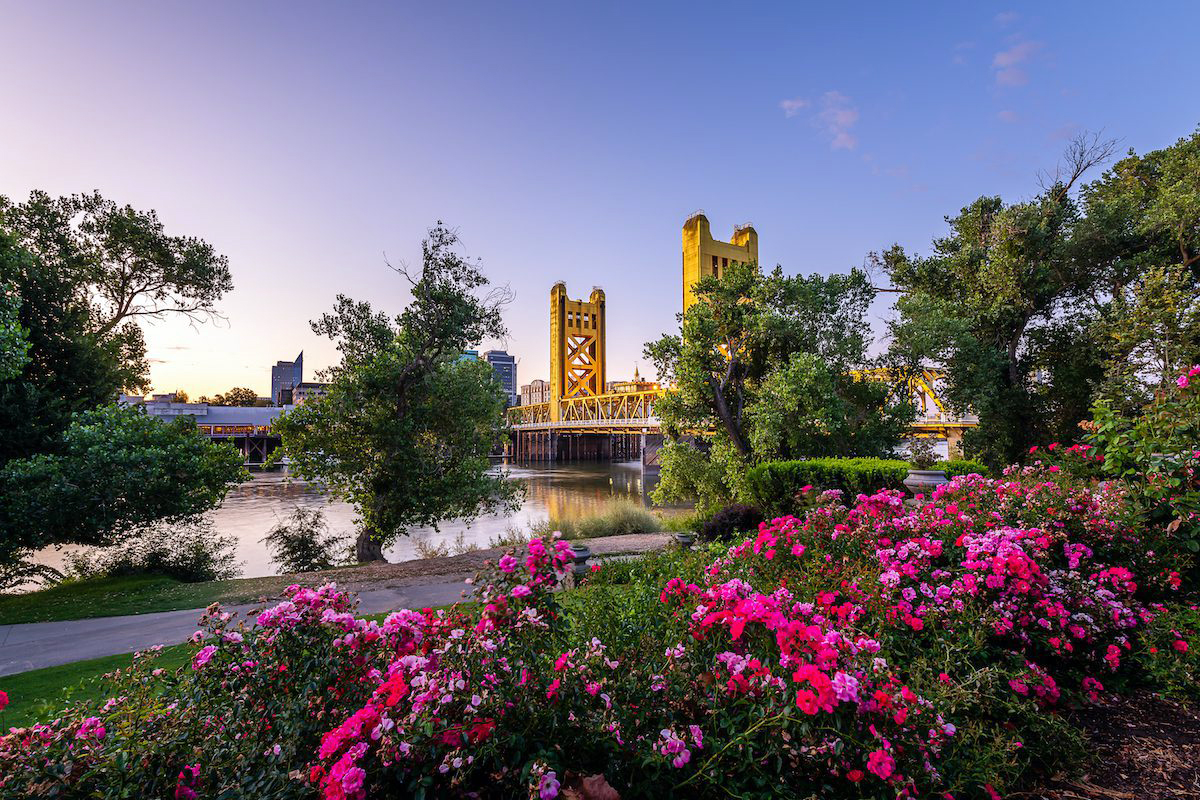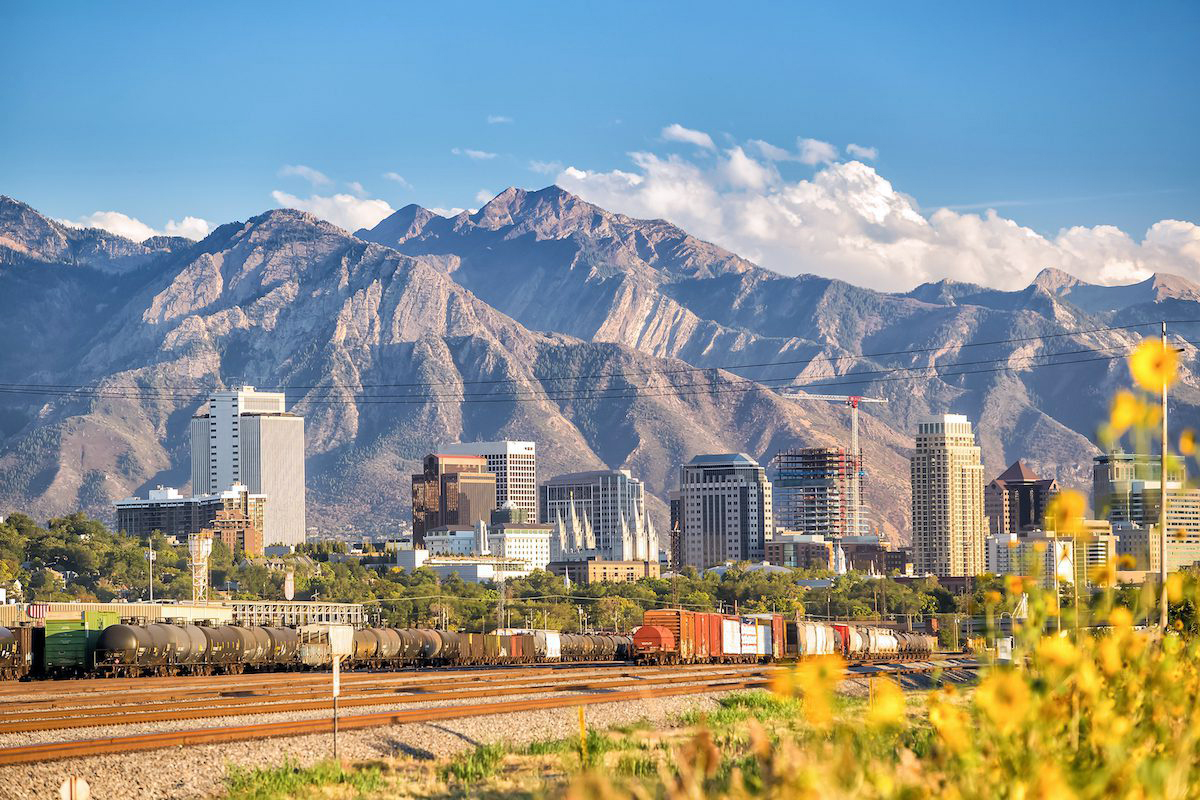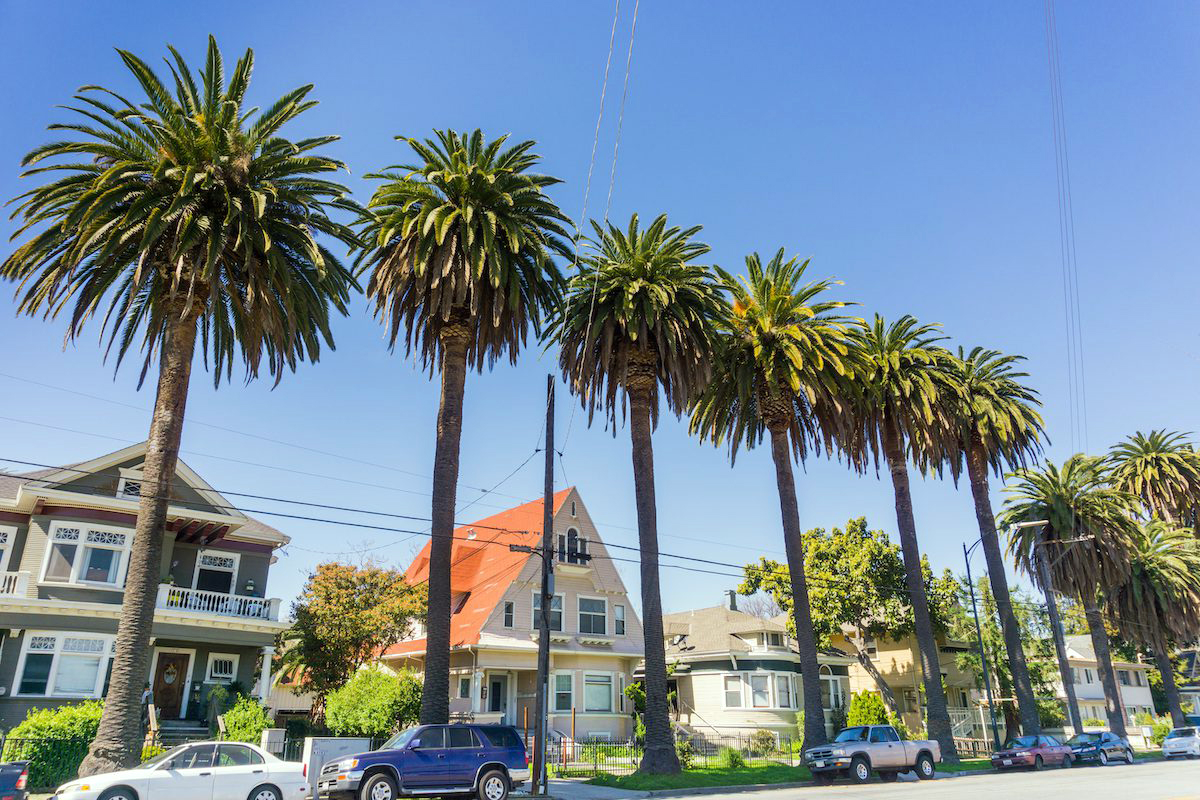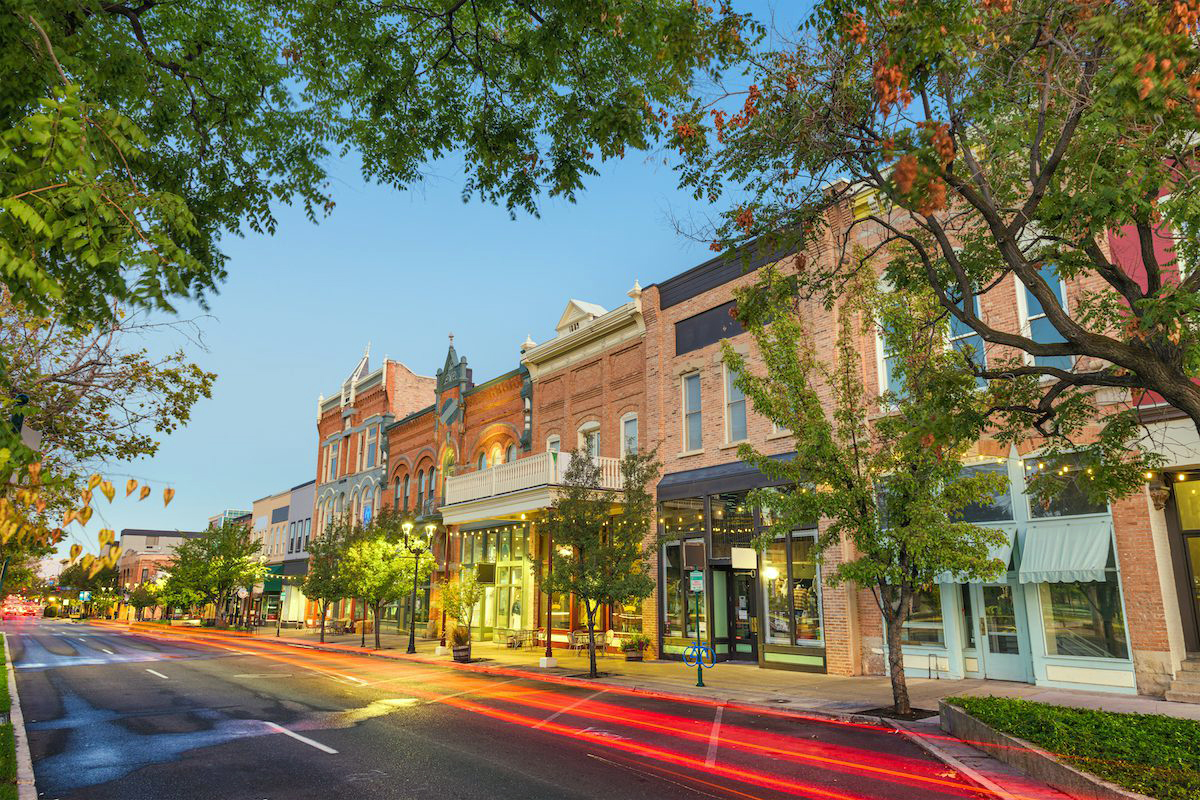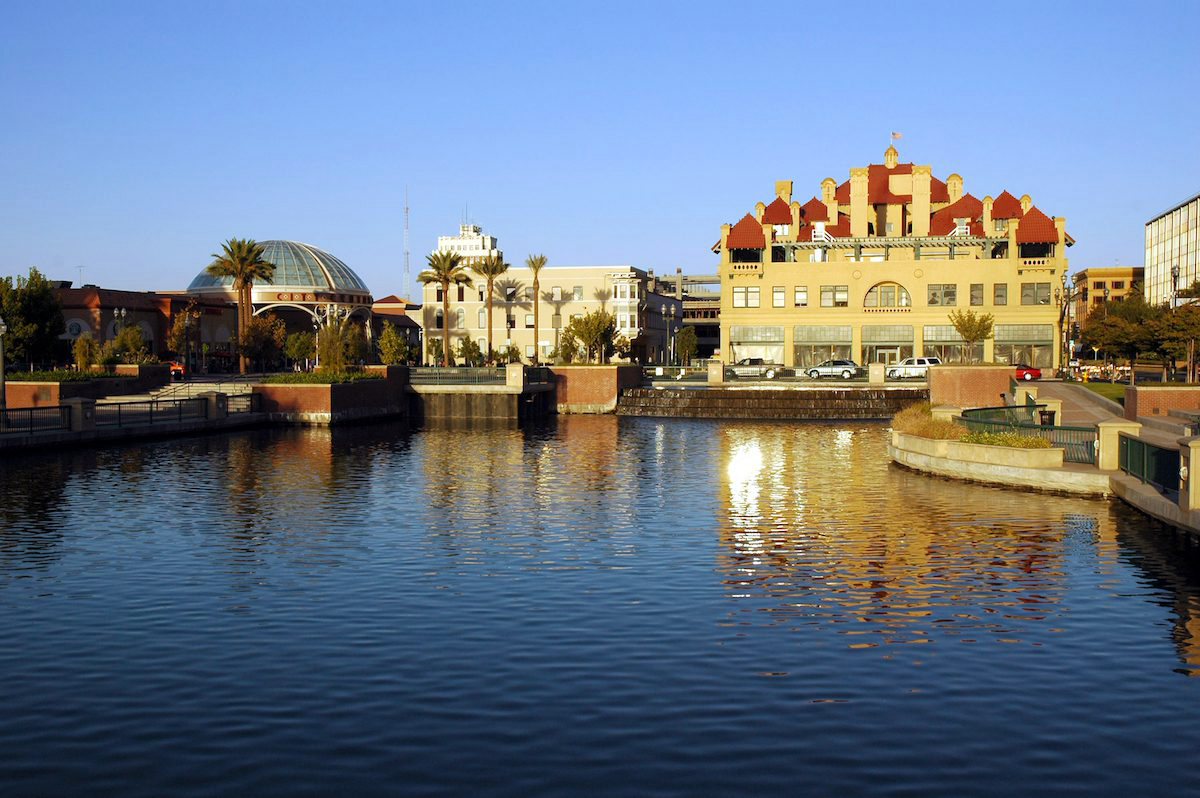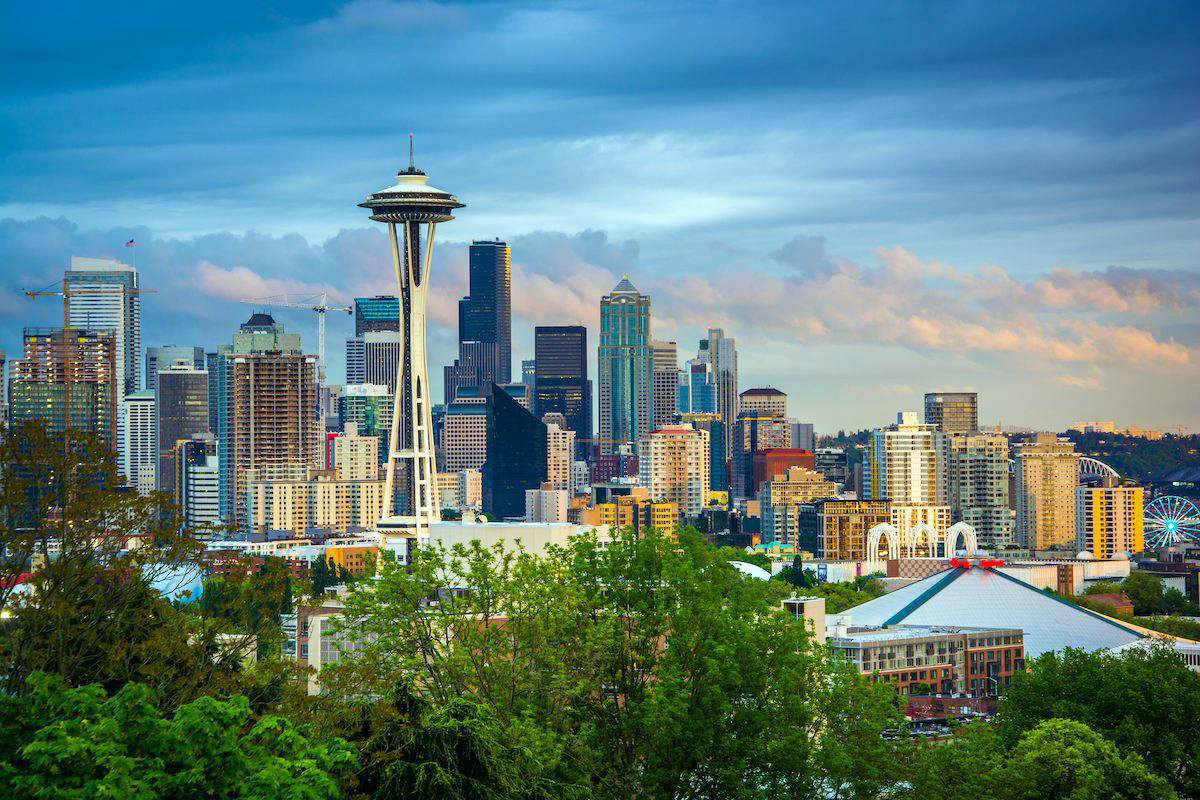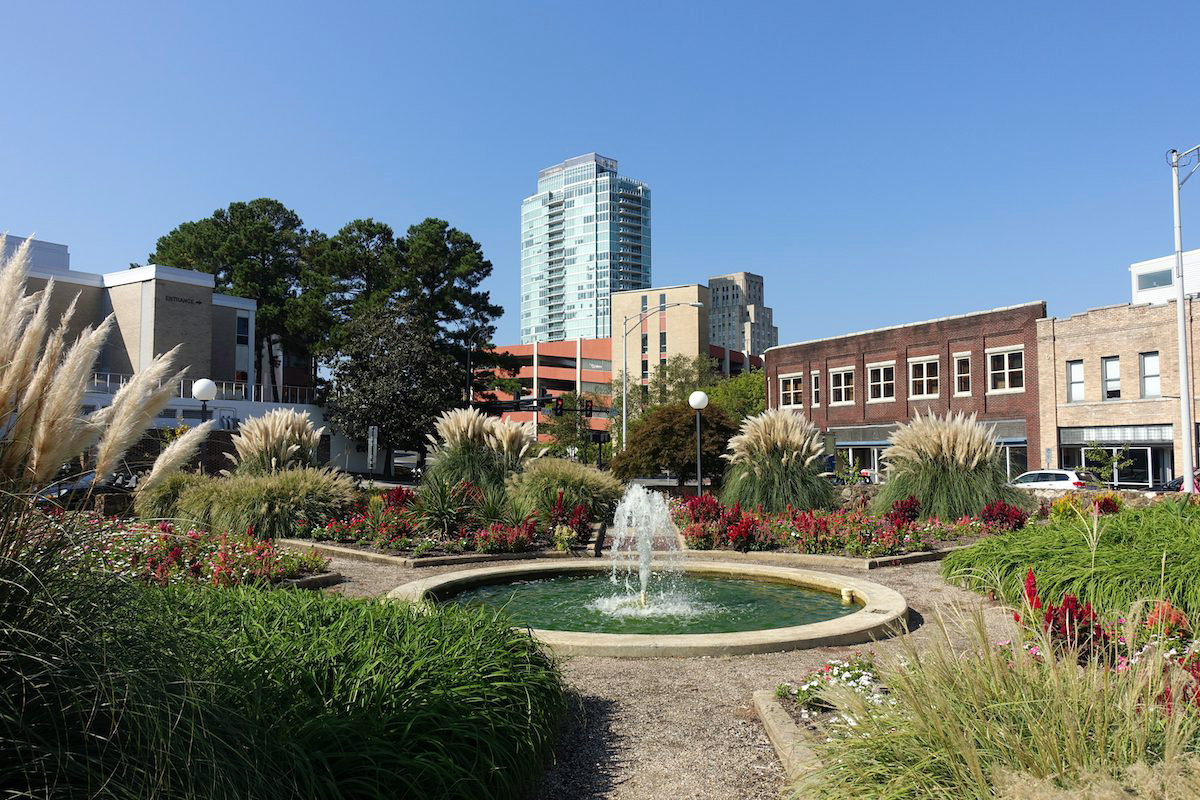Asthma and Allergy Foundation Ranks Durham, NC #1 Best City For Escaping Fall Allergies
Living with seasonal allergies is a cross that many of us have to bear. Over 50 million Americans suffer from allergic reactions to pollen from trees and plants throughout the year.
The spring and early summer are usually thought of as the worst time for seasonal allergies. This is because of the abundance of tree pollen from the many different types of trees that are in bloom. Other plants and weeds are also blooming, causing an overload of pollen release.
Different cities, regions, and parts of the country also may have worse allergies depending on local flora. But fall is actually also a bad time for dealing with seasonal allergies.
What are the worst fall allergies?
Ragweed is the top culprit for fall allergies. These flowering North American plants are a member of the daisy family. A single plant can produce billions of dry pollen grains, whose small size allows them to be blown hundreds of miles away. So even if ragweed isn’t that common in your city or area, you can still suffer from ragweed allergies. Ragweed is most common in the Midwest, South, and North regions of the country.
Along with ragweed, there are many other plants that can cause fall allergies. These include sagebrush, lamb’s-quarters, cocklebur, Russian thistle, and pigweed.
The best places to live with allergies in the fall
If ragweed or other pollen-producing plants and trees are the sources of your fall allergies, you may want to live in a part of the country where they’re not as common. Since ragweed is the worst offender for fall allergies, it’s no surprise that most of these cities are on the West Coast.
The Asthma and Allergy Foundation of America ran the numbers and found the cities where fall allergies are the best — and worst. Here are the top 10 best places to live with allergies in the fall.
10. Fresno, CA
The city of Fresno is located in California’s bountiful San Joaquin Valley. Situated in the central region of the state, the San Joaquin Valley and Fresno is one of the United States’ most important agricultural areas. Fresno is surrounded by farmland, which primarily produces citrus fruits like oranges and nuts like almonds.
With such a high amount of agricultural trees and plants, irritating tree pollen is kept low. This makes Fresno a top choice for people who suffer from tree pollen allergies. There are sometimes air pollution issues, which can be an issue for asthma sufferers.
9. San Francisco, CA
The breezy City by the Bay is good for many things, like art, tech, and culture. But it’s also a great place to live with fall allergies.
San Francisco typically has its worst allergy seasons at the beginning of the year. This starts in January with some local trees like mulberry and olive and bushes. Grass pollen starts spiking during the spring. Then summer brings on weed pollen. But fall has a far lower pollen count.
8. Sacramento, CA
California’s capital city offers fall allergy sufferers a respite. Allergy season from grass hits hardest in the spring and early summer here. So autumn is a welcome break from sneezing and weepy eyes.
The allergy season here is similar to Fresno because Sacramento is located in an agriculturally rich area. Lots of vegetables, citrus, and nuts come from the Central Valley, so there are fewer allergy-causing plants and trees around.
7. Portland, OR
Portland does have a troublesome spring allergy season. This is particularly due to grass pollen, which explodes in the spring and sweeps in on the wind from the Willamette Valley.
But fall brings a blissfully low pollen count, making it one of our top places to live with allergies. With little grass and tree pollen, you can enjoy the cozy fall season Pacific Northwest-style, with lots of rain, coffee, and cloudy forest vistas.
6. Salt Lake City, UT
There are several geographic factors that contribute to Salt Lake City having a low pollen count. Sitting at 4,226 feet above sea level, the elevation in Sky City creates dry air. Humid air allows pollen particles to travel and drift around for longer. But dry air prevents the pollen from staying airborne for long periods of time.
The long, cold winters also make for a short growing season. So plants have less time to flower and therefore less pollen to produce. All these factors combine to make Salt Lake City a great spot to flee seasonal fall allergies.
5. San Jose, CA
The Silicon Valley hub of San Jose is not just great for entrepreneurs and tech lovers. It’s also great for people looking for relief from ragweed and other fall allergen producers.
There are tree pollen seasons at the beginning of the year and throughout the spring. But for the most part, fall is free of bad seasonal allergies. There is grass and weed pollen from spring to early fall, but the levels can widely vary and the pollen count is generally down at a manageable level.
4. Provo, UT
Along with Salt Lake City, Provo is another example of how Utah is a safe haven from fall allergies. The city similarly sits at a high elevation of 4,551 feet above sea level. The dry air at a higher altitude prevents airborne pollen from traveling far or staying aloft for extended periods of time.
It’s only about a 45-minute drive to Salt Lake City, so the weather and climate are roughly the same. This keeps the flowering season short for less pollen.
3. Stockton, CA
Stockton is located in California’s San Joaquin and Central valleys. Similar to other Central Valley cities like Sacramento and Fresno, Stockton reaps the benefits of agricultural surroundings, hot summers, and mild winters.
Spring allergies from grass and trees are an issue here during the spring. But come fall, as the cooler air and cold weather moves in, pollen counts drop way down. That’s why Stockton ranks third in the best places to live with fall allergies.
2. Seattle, WA
Seattle comes in as the second-best place to live with fall allergies. The long, wet winters and mild summers keep pollen down during the fall. The spring bloom does bring some itchy eyes and runny noses from trees like cedar, ash, and oak, as well as grass and weeds.
But typically by September, plants are done releasing pollen. And the oncoming fall rains regularly cleanse the air of irritating pollen grains. So if you enjoy fresh, rain-washed air and an abundance of greenery without the nasty allergy side effects, head to the Emerald City.
1. Durham, NC
The No. 1 slot for the best places to live with fall allergies is a bit of a surprise. It’s the only city on the list that’s not along the West Coast. Also, as ragweed is very prolific in the South, it’s right smack-dab in the middle of Ragweed Country. And yet, it’s ranked by The Asthma and Allergy Foundation as the best city for escaping fall allergies. It’s Durham.
In addition to ragweed, local trees birch, sweetgum, and oak trees are also the source of autumnal allergy sorrow. But there are several reasons that Durham fares better than other parts of North Carolina when it comes to allergies.
Firstly, it rains an average of 46 inches per year. This is over the national average of 38 inches a year. This regularly washes yellow pollen out of the air and therefore out of your lungs.
Secondly, Durham and the overall Research Triangle area is a renowned center for healthcare and medicine. So there are plenty of doctors and allergists who are at the top of their field who can help individuals find any allergy relief they need. After all, Durham is even known as the City of Medicine.
How to relieve fall allergy symptoms
If you don’t live in these low pollen count areas or are still suffering from fall allergies, there are still steps you can take to alleviate your symptoms. Fall is a time for being outdoors, enjoying the changing colors, pumpkin patches, and other seasonal festivities. The last thing you need is to deal with runny eyes and sniffles.
Here are some ways you can prepare yourself for pollen spikes, as well as outfit your apartment or home to best deal with seasonal allergies.
- Keep track of daily and weekly pollen counts by following local news and checking local weather.
- Avoid going outside in the early morning or when it’s windy, as that’s when pollen counts are usually highest or being blown around the most.
- Wear a mask on high pollen count days.
- Keep all doors and windows closed to prevent pollen from blowing in and settling around your home.
- Keep your home clean and dust-free during allergy season.
- If applicable, use an air filter. HEPA (high-efficiency particulate air) filters are the best options for stopping those small pollen grains.
- Use over-the-counter medication for short-term relief.
- When coming home, remove your shoes and change clothes to prevent bringing pollen in. Put them in a dirty clothes hamper and change into a fresh outfit.
- If the pollen count is very high that day, consider taking a shower as well.
- Use a neti pot or squeeze bottle to rinse out your sinuses and flush out any pollen.
- If you are still suffering, talk with your doctor about other possible treatments or solutions for allergy relief.
Don’t let fall allergies get you down
When you suffer from seasonal allergies, it can feel like a losing battle against nature. You might feel resigned to having to suffer from allergies each year. But there are plenty of possibilities for relief. And if all else fails, talk with your doctor about your options.


